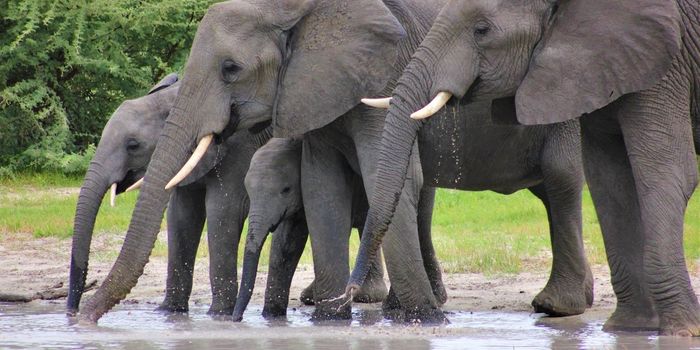Animals that live in the frigid Antarctic have evolved many sophisticated adaptations to deal with the cold, including insulating blubber and fur. Even more refined than this, the Antarctic toothfish can produce "antifreeze proteins" that keeps their blood from turning into ice. But the humans just arent as well adapted, and exposure to extreme cold harsh conditions can have damaging impacts on our bodies.
Frostbite is considered an injury to the skin and underlying tissues due to extreme cold. In conditions where the core body temperature dips below its regular 37 degrees Celsius (98.6 Fahrenheit), the hypothalamus diverts blood away from the extremities to preserve warmth to the vital organs. This is why frostbite effects are most severe in the hands and feet.
There are three stages to frostbite: frostnip, superficial frostbite, and deep frostbite. Of the three, deep frostbite is the most dangerous, as the entire skin and underlying tissues are damaged, which could warrant amputation. Watch the video to learn a first-hand account of frostbite dangers!








